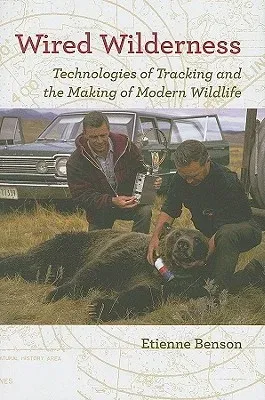American wildlife biologists first began fitting animals with radio
transmitters in the 1950s. By the 1980s the practice had proven so
useful to scientists and nonscientists alike that it became global.
Wired Wilderness is the first book-length study of the origin,
evolution, use, and impact of these now-commonplace tracking
technologies.
Combining approaches from environmental history, the history of science
and technology, animal studies, and the cultural and political history
of the United States, Etienne Benson traces the radio tracking of wild
animals across a wide range of institutions, regions, and species and in
a variety of contexts. He explains how hunters, animal-rights activists,
and other conservation-minded groups gradually turned tagging from a
tool for control into a conduit for connection with wildlife. Drawing on
extensive archival research, interviews with wildlife biologists and
engineers, and in-depth case studies of specific conservation
issues--such as the management of deer, grouse, and other game animals
in the upper Midwest and the conservation of tigers and rhinoceroses in
Nepal--Benson illuminates telemetry's context-dependent uses and
meanings as well as commonalities among tagging practices.
Wired Wilderness traces the evolution of the modern wildlife
biologist's field practices and shows how the intense interest of
nonscientists at once constrained and benefited the field. Scholars of
and researchers involved in wildlife management will find this history
both fascinating and revealing.

